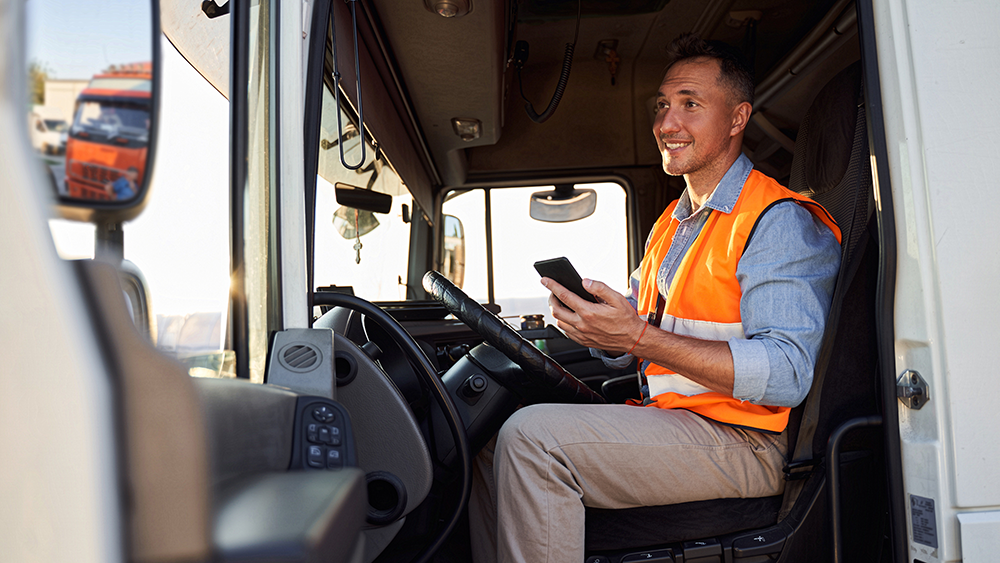By Briana Hilton, Contributor
The “slow food movement” has been given a big push by new post-pandemic demands, with many restaurants now nearshoring or reshoring (sourcing supplies closer to their location so as to have greater control over supply). This process additionally enables businesses to factor flexibility into the equation. They can order products as they need, reducing inventory and waste.
The interest in products that are available closer to home, of course, only applies to locally produced ingredients. Many more have to be imported from interstate or even abroad, though even in this sense, there have been major shifts in the way goods are supplied.
Below are some of the hottest trends taking over the restaurant industry.
Embracing Circular Supply Chains
Traditional supply chains involved sourcing materials, manufacturing or making something with them, using them, and then throwing them away. Today’s restaurateurs are more interested in forming part of the circular economy; one in which materials or end-products are reused, recycled, remade, or redistributed.
The benefits of reducing waste in the food industry were analyzed in a McKinsey/Sitra report. The study showed that there were many different approaches that could foster circular supplies. These include apps like TooGoodtoGo (which facilitates the redistribution of uneaten food) and digital technology that measures and analyzes kitchen waste so that chefs can make better decisions at the ordering stage.
Faster Delivery Times via Optimized Last-Mile Delivery
There are several elements that make up last-mile delivery. Steps include making an order, the item arriving at the delivery hub, delivery tasks being assigned and optimized, the item being scanned out, and finally, the item being delivered to the ordering party.
Restaurants are now demanding greater speed, precision tracking, security, and specializations. For instance, establishments with high-end clientele may need an extra fast delivery from a courier that specializes in extra-urgent or sensitive deliveries.
Some establishments are seeking greater flexibility when it comes to last-mile delivery. For instance, restaurants with limited opening hours may wish to collect items from dedicated drop-off points as opposed to waiting in their establishment to receive items they have ordered.
Real-Time Tracking
Restaurants that prefer receiving orders onsite require real-time tracking, so they can determine exactly where their order is and more efficiently plan their day around their delivery. Most delivery companies are sending clients tracking links, with some indicating how many stops away they are. They also send clients information that can aid in security. This includes driver’s photographs and names.
Improved Communications with Drivers
Because restaurants are given the chance to change their drop-off address, sometimes even at the last mile stage, optimal communication between the delivery company’s home base and the drivers is key. Drivers not only need to know about changes in a customer’s wishes, but also about potential obstacles such as traffic, alternative routes, and other information that can reduce time wastage. Routes can also be automated, so that drivers take the fastest, safest routes, thus reducing their fuel costs and their impact on the environment.
Relying on Technology to Make Informed Decisions
A McKinsey study calculated that Ai-enabled supply chain management has enabled businesses to improve logistics costs by 15%, inventory levels by 35%, and service standards by a whopping 65%. Although AI cannot battle inflation or fix all supply chain issues, it can help companies prioritize optimal actions and test different scenarios, so they can choose the most cost-effective and time-saving options.
In the past, supply chains were managed by reacting to events that had already taken place. AI enables both restaurateurs and delivery and shipping companies to see into the future, so they can respond before problems like shortages, breakages, and spillage occurs. Just one AI can help with is supply chain automation (which enables digital workers to carry out repetitive, error-prone, and even semi-technical tasks).
Food suppliers, meanwhile, can rely on technologies such as warehouse automation, which helps increase efficiency, productivity, and safety. AI can also be used in analytics to forecast the times of the year in which more or less inventory or produce will be required.
Finally, it can help businesses select the best suppliers, by providing them with information regarding pricing, sustainability, and other key factors that can sway their decision.
Restaurants are demanding faster, more efficient, more sustainable supply of goods. They are also keen on dealing with sustainable suppliers and lowering their own carbon footprint. Top trends in supply chain management such as AI and optimized last-mile delivery are enabling them to achieve these aims while also reducing their costs.




